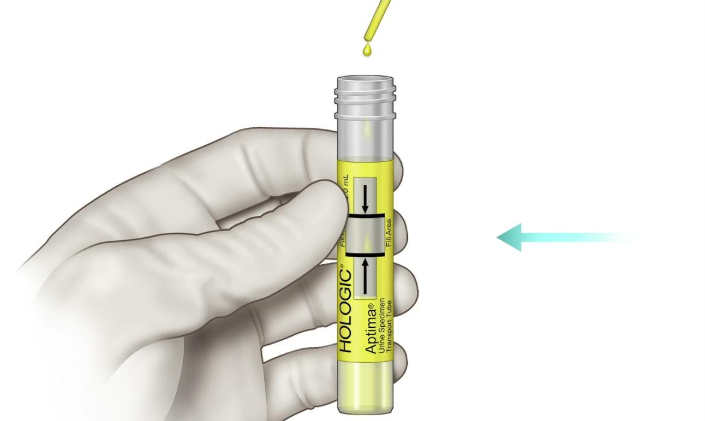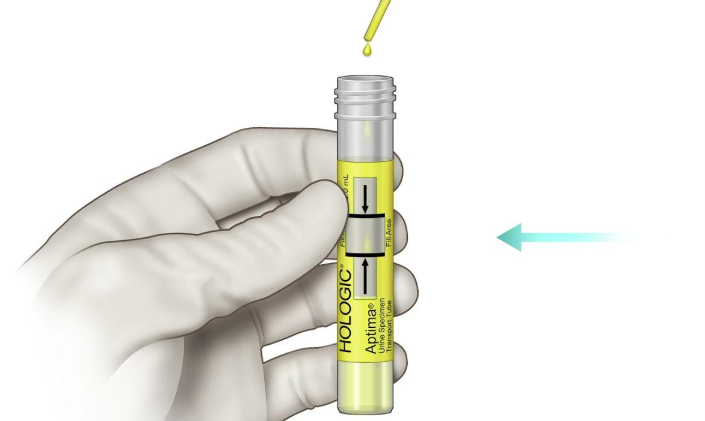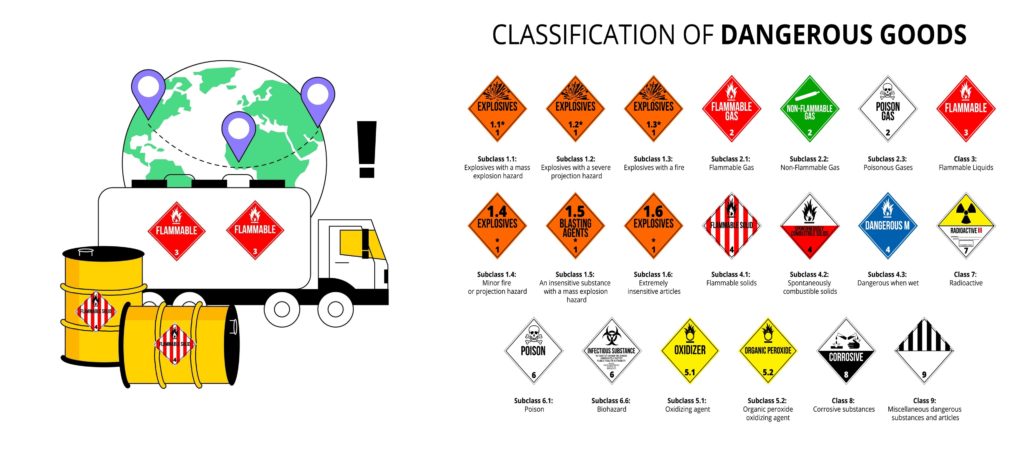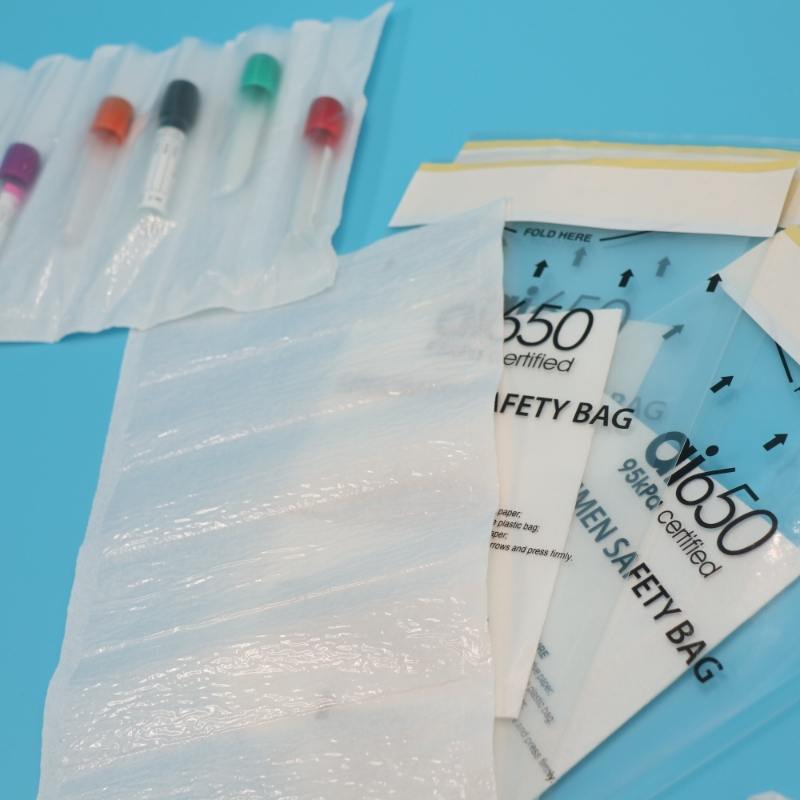
Urine specimen collection is an essential part of medical testing, allowing healthcare professionals to diagnose a wide range of conditions, from urinary tract infections (UTIs) to kidney disease and diabetes. Properly collecting and handling urine specimens ensures accurate results and minimizes the risk of contamination. In this blog, we will explore the rules for collecting urine specimens, along with some insights from 95KPA Bags, a supplier of high-quality medical collection products that can help improve the reliability of specimen collection.
Why Is Proper Urine Specimen Collection Important?
The accuracy of any test depends on the quality of the sample provided. Urine specimens can be affected by various factors, including contamination, improper handling, or the wrong type of sample. For instance, a contaminated sample may lead to false positives or false negatives, which can significantly affect diagnosis and treatment.
Key Rules for Collecting Urine Specimens
- Clean Technique
Before collecting a urine sample, it’s essential to clean the genital area to minimize the risk of contamination. This is especially important for women, who may have bacteria from the vaginal area in the urine sample if proper cleaning is not done. Use sterile wipes and follow any instructions provided by the healthcare professional to ensure the area is properly cleaned. - Midstream Collection (Clean Catch Method)
One of the most common methods for collecting urine specimens is the midstream collection, also known as the clean catch method. This technique helps ensure that the sample is not contaminated with bacteria or cells from the urethra. Here’s how to collect a midstream urine sample:
a) First, clean the genital area using a sterile wipe or solution.
b) Begin urinating into the toilet, then stop midstream.
c) Collect the urine sample in a sterile container.
d) Finish urinating into the toilet.
This method is essential for urine culture tests, as it minimizes contamination and ensures accurate results. - First-Morning Urine Samples
For certain tests, such as pregnancy tests or tests for proteinuria, the first-morning urine sample is preferred. This is because urine tends to be more concentrated in the morning, giving more reliable results for specific substances, such as hCG or protein levels. - 24-Hour Urine Collection
In some cases, healthcare professionals may require a 24-hour urine collection for tests like kidney function assessments or to measure substances like creatinine. To collect a 24-hour urine sample:
a) Start by emptying the bladder at a specific time, then begin collecting all urine produced over the next 24 hours.
b) Keep the sample in a cool place, such as a refrigerator, to prevent degradation.
c) At the end of the 24-hour period, make sure to record the exact volume of urine collected.
It’s crucial to follow specific instructions from your healthcare provider when collecting a 24-hour urine sample to ensure the results are accurate. - Use of Proper Containers
Always use a sterile container provided by your healthcare provider or lab. This helps prevent contamination and ensures the sample is handled correctly. Urine specimen collection bags, like those offered by 95KPA Bags, can make collection more efficient and hygienic, especially for pediatric patients or those who are unable to use a standard container.
How 95KPA Bags Can Help with Urine Specimen Collection
95KPA Bags is a trusted supplier of high-quality urine collection bags that provide convenience, hygiene, and accuracy. These bags are designed to collect urine samples in a safe and sterile manner, preventing leakage and contamination. Whether you are collecting urine for a routine test or a more complex 24-hour urine collection, 95KPA Bags offers reliable solutions to ensure the sample remains uncontaminated.
One of the key features of 95KPA Bags is their focus on ease of use. The bags are designed to be user-friendly, making them suitable for both adults and children, including infants who may not yet be potty trained. Additionally, these bags are made from materials that prevent spillage, ensuring that the sample stays intact during transport to the lab.
Tips for Storing and Transporting Urine Samples
- Storage: Keep urine specimens in a cool place, typically in a refrigerator, if the sample needs to be stored before testing. This prevents bacterial growth and ensures accurate results.
- Labeling: Always label the container with the patient’s name, date, and time of collection to avoid mix-ups.
- Transporting: When transporting the specimen to the lab, make sure the container is sealed tightly to avoid leaks. If using a collection bag, ensure that it is properly sealed and stored.




